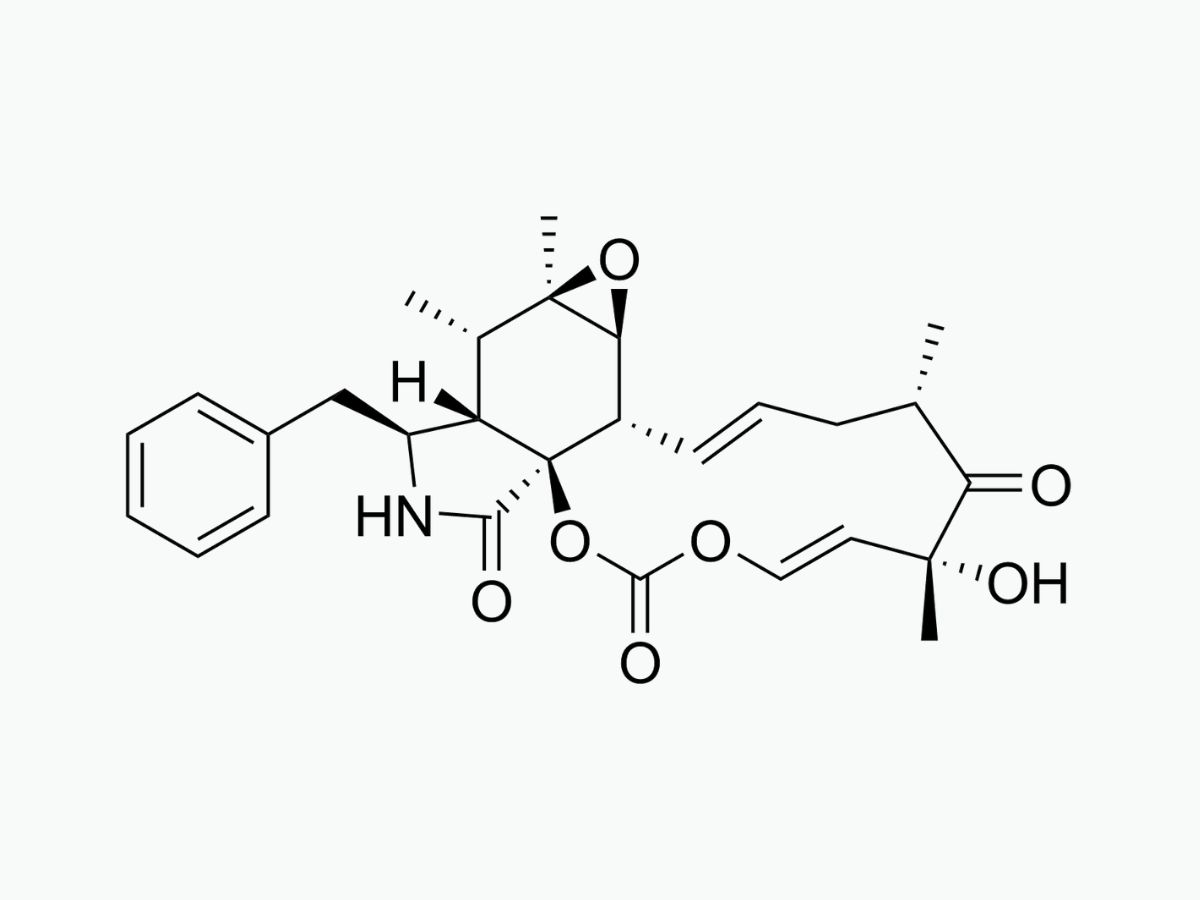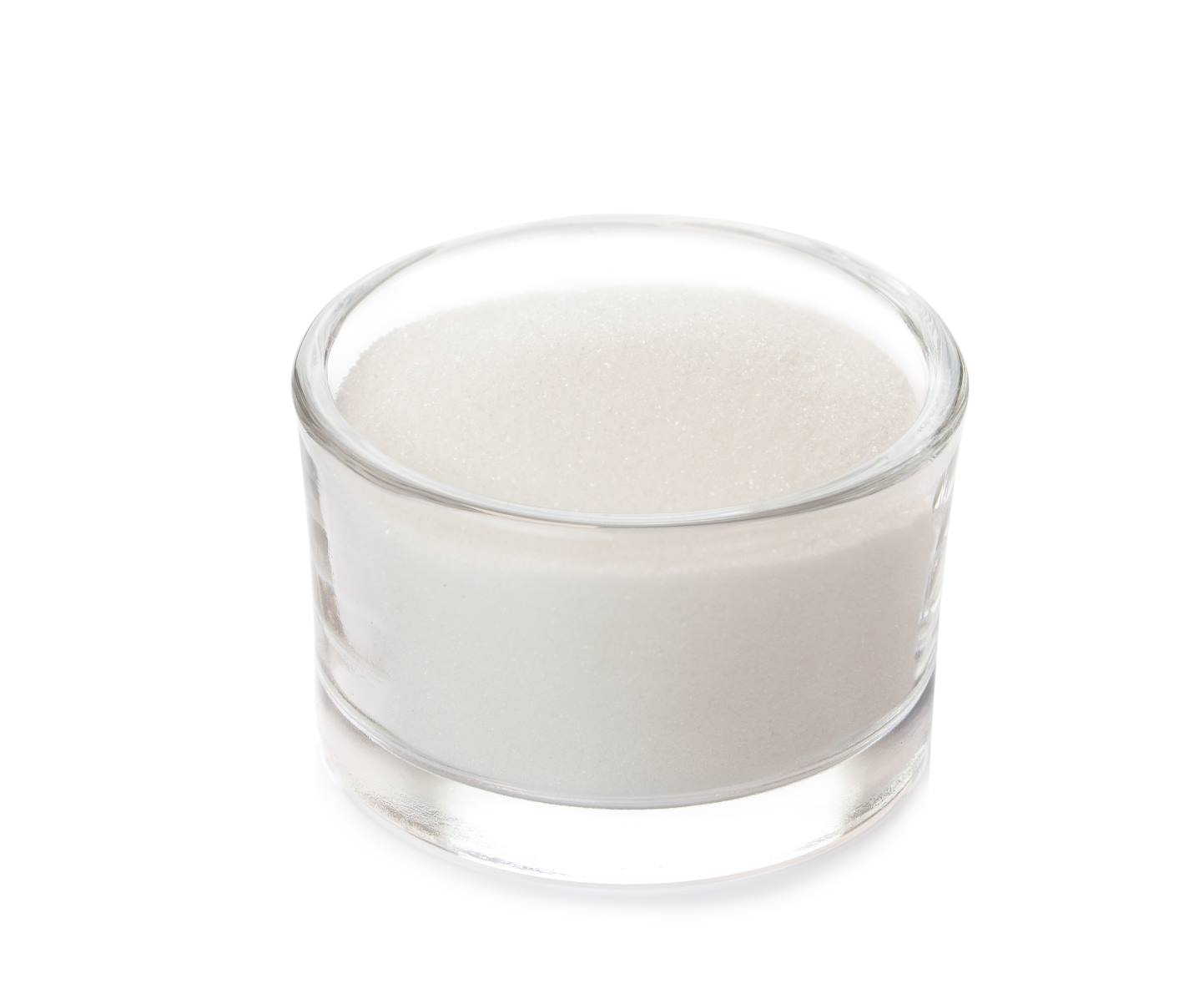
Cytochalasin E is a fascinating compound with a variety of biological effects. Derived from fungi, this molecule has captured the interest of scientists due to its unique ability to disrupt actin filaments in cells. But what exactly makes Cytochalasin E so special? For starters, it plays a crucial role in cell biology research, helping scientists understand cell movement, division, and shape. Additionally, its potential therapeutic applications are being explored, particularly in cancer treatment. This compound's ability to inhibit angiogenesis, the formation of new blood vessels, makes it a promising candidate for anti-cancer therapies. Ready to dive into more intriguing facts about Cytochalasin E? Let's explore its origins, functions, and potential uses in medicine.
Key Takeaways:
- Cytochalasin E, a compound from fungi, disrupts cell structures and has potential medical applications, including inhibiting cancer cell growth and studying cell motility.
- Researchers are exploring Cytochalasin E's potential in cancer treatment, synthesis improvement, and understanding its effects on cellular structures for future advancements in medicine.
What is Cytochalasin E?
Cytochalasin E is a fascinating compound with unique properties. It belongs to a group of chemicals known as cytochalasins, which are produced by certain fungi. These compounds have been studied for their effects on cell structures and functions.
-
Cytochalasin E is a mycotoxin produced by fungi, specifically by species like Aspergillus clavatus and Zygosporium masonii.
-
It disrupts actin filaments in cells, which are part of the cytoskeleton, leading to changes in cell shape and motility.
-
This compound has been found to inhibit angiogenesis, the process through which new blood vessels form from pre-existing ones.
Biological Effects of Cytochalasin E
Cytochalasin E has a range of biological effects that make it a subject of interest in scientific research. Its ability to interfere with cellular processes has potential applications in medicine and biology.
-
It can induce apoptosis, or programmed cell death, in certain types of cancer cells.
-
Cytochalasin E has been shown to inhibit the growth of various cancer cell lines, including breast and prostate cancer cells.
-
It affects cell division by preventing the formation of the contractile ring, a structure necessary for cytokinesis.
Medical Applications of Cytochalasin E
Researchers are exploring the potential medical applications of Cytochalasin E. Its unique properties could lead to new treatments for various diseases.
-
It has potential as an anti-cancer agent due to its ability to inhibit cell proliferation and induce apoptosis.
-
Cytochalasin E may be used to study the mechanisms of cell motility and invasion, which are important in cancer metastasis.
-
It has been investigated for its potential to treat diseases involving abnormal blood vessel growth, such as diabetic retinopathy.
Cytochalasin E in Research
Cytochalasin E is a valuable tool in scientific research. Its ability to disrupt cellular processes makes it useful for studying various aspects of cell biology.
-
It is used to study the role of actin filaments in cell shape and movement.
-
Researchers use Cytochalasin E to investigate the mechanisms of cell division and cytokinesis.
-
It helps in understanding the processes involved in cell migration and invasion, which are critical in cancer research.
Chemical Properties of Cytochalasin E
Understanding the chemical properties of Cytochalasin E is essential for its application in research and medicine. These properties determine how the compound interacts with cells and other molecules.
-
Cytochalasin E has a molecular formula of C30H37NO6.
-
It is a secondary metabolite, meaning it is not directly involved in the normal growth, development, or reproduction of the producing organism.
-
The compound is relatively hydrophobic, meaning it does not dissolve well in water but can dissolve in organic solvents.
Safety and Handling of Cytochalasin E
Like many bioactive compounds, Cytochalasin E must be handled with care. Proper safety measures are essential to prevent accidental exposure and ensure safe use in research.
-
It is classified as a hazardous substance and should be handled in a well-ventilated area with appropriate personal protective equipment.
-
Cytochalasin E can be toxic if ingested, inhaled, or absorbed through the skin, so direct contact should be avoided.
-
Proper storage conditions include keeping it in a cool, dry place, away from light and moisture.
Cytochalasin E and Cell Motility
One of the most intriguing aspects of Cytochalasin E is its effect on cell motility. By disrupting actin filaments, it can significantly alter how cells move and interact with their environment.
-
It inhibits the formation of lamellipodia and filopodia, which are cellular protrusions involved in movement and sensing the environment.
-
Cytochalasin E can reduce the speed and directionality of cell migration, making it a useful tool for studying these processes.
-
It has been used to investigate the role of actin dynamics in wound healing and tissue regeneration.
Cytochalasin E in Developmental Biology
Researchers use Cytochalasin E to study developmental processes. Its ability to interfere with cell division and movement provides insights into how organisms grow and develop.
-
It has been used to study the role of the cytoskeleton in embryonic development.
-
Cytochalasin E can disrupt the formation of the blastula, an early stage in embryonic development, by affecting cell division.
-
It helps researchers understand the mechanisms of cell differentiation, where cells become specialized in structure and function.
Cytochalasin E and the Immune System
The immune system relies on cell movement and interaction to function properly. Cytochalasin E's effects on these processes make it a valuable tool for immunological research.
-
It can inhibit the movement of immune cells, such as macrophages and neutrophils, which are essential for the immune response.
-
Cytochalasin E has been used to study the mechanisms of phagocytosis, where immune cells engulf and destroy pathogens.
-
It helps researchers understand how immune cells navigate through tissues to reach sites of infection or injury.
Future Directions in Cytochalasin E Research
The study of Cytochalasin E is ongoing, with researchers continually uncovering new applications and mechanisms. Future research may reveal even more about this intriguing compound.
-
Scientists are exploring its potential use in combination with other drugs to enhance cancer treatment.
-
New methods of synthesizing Cytochalasin E and its derivatives are being developed to improve its efficacy and reduce side effects.
-
Researchers are investigating its effects on other cellular structures, such as microtubules, to gain a more comprehensive understanding of its biological activity.
Final Thoughts on Cytochalasin E
Cytochalasin E, a potent compound, has shown remarkable potential in various scientific fields. Its ability to disrupt actin filaments makes it invaluable in cell biology research. Scientists have leveraged its properties to study cell movement, division, and structure. Beyond basic research, Cytochalasin E has promising applications in cancer therapy, thanks to its ability to inhibit angiogenesis and tumor growth. However, its toxicity and side effects necessitate careful handling and further studies to ensure safe usage. Understanding Cytochalasin E's mechanisms and effects can pave the way for new therapeutic strategies and deepen our knowledge of cellular processes. As research continues, this compound may unlock new frontiers in medicine and biology, offering hope for innovative treatments and discoveries.
Frequently Asked Questions
Was this page helpful?
Our commitment to delivering trustworthy and engaging content is at the heart of what we do. Each fact on our site is contributed by real users like you, bringing a wealth of diverse insights and information. To ensure the highest standards of accuracy and reliability, our dedicated editors meticulously review each submission. This process guarantees that the facts we share are not only fascinating but also credible. Trust in our commitment to quality and authenticity as you explore and learn with us.


